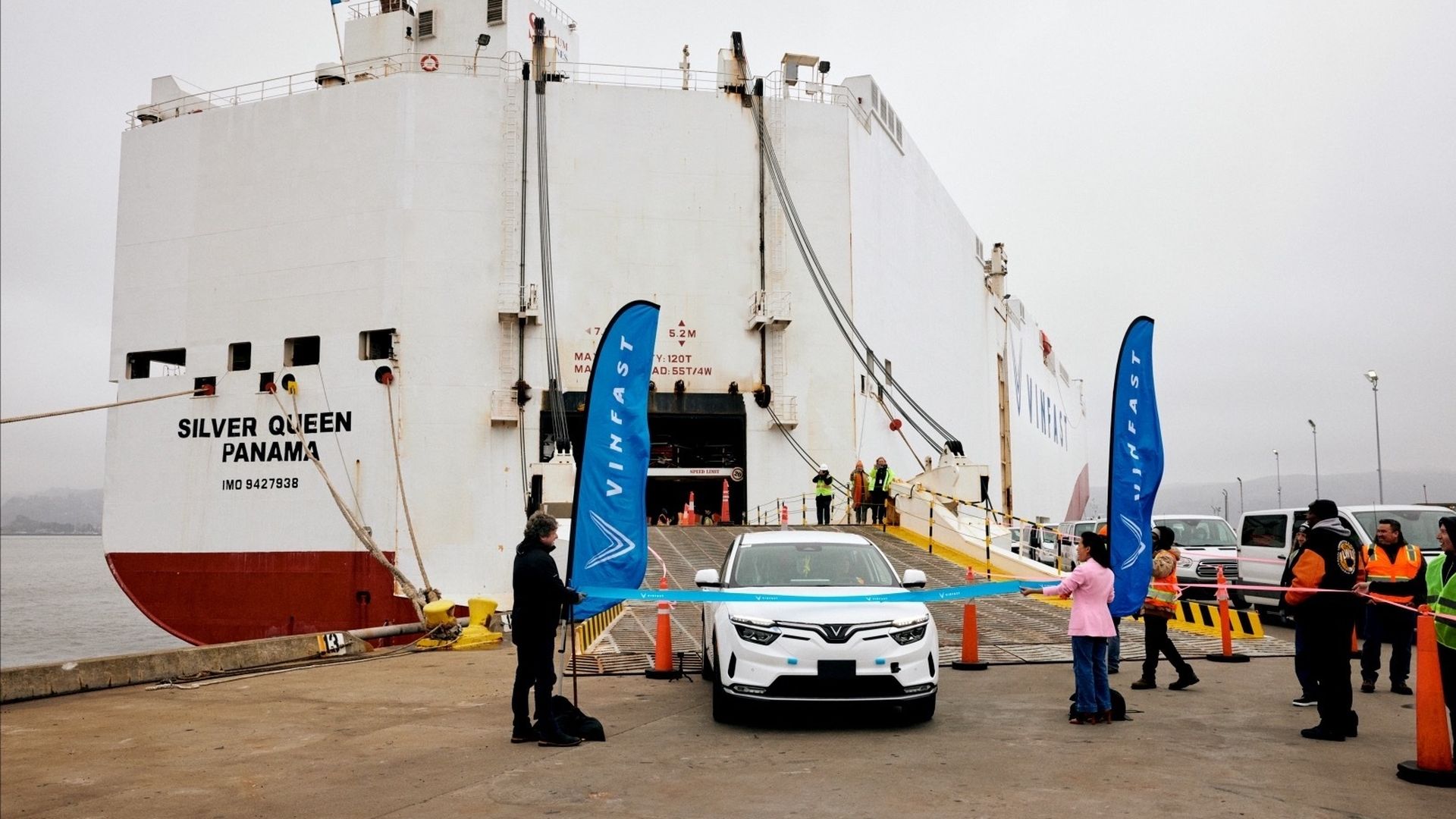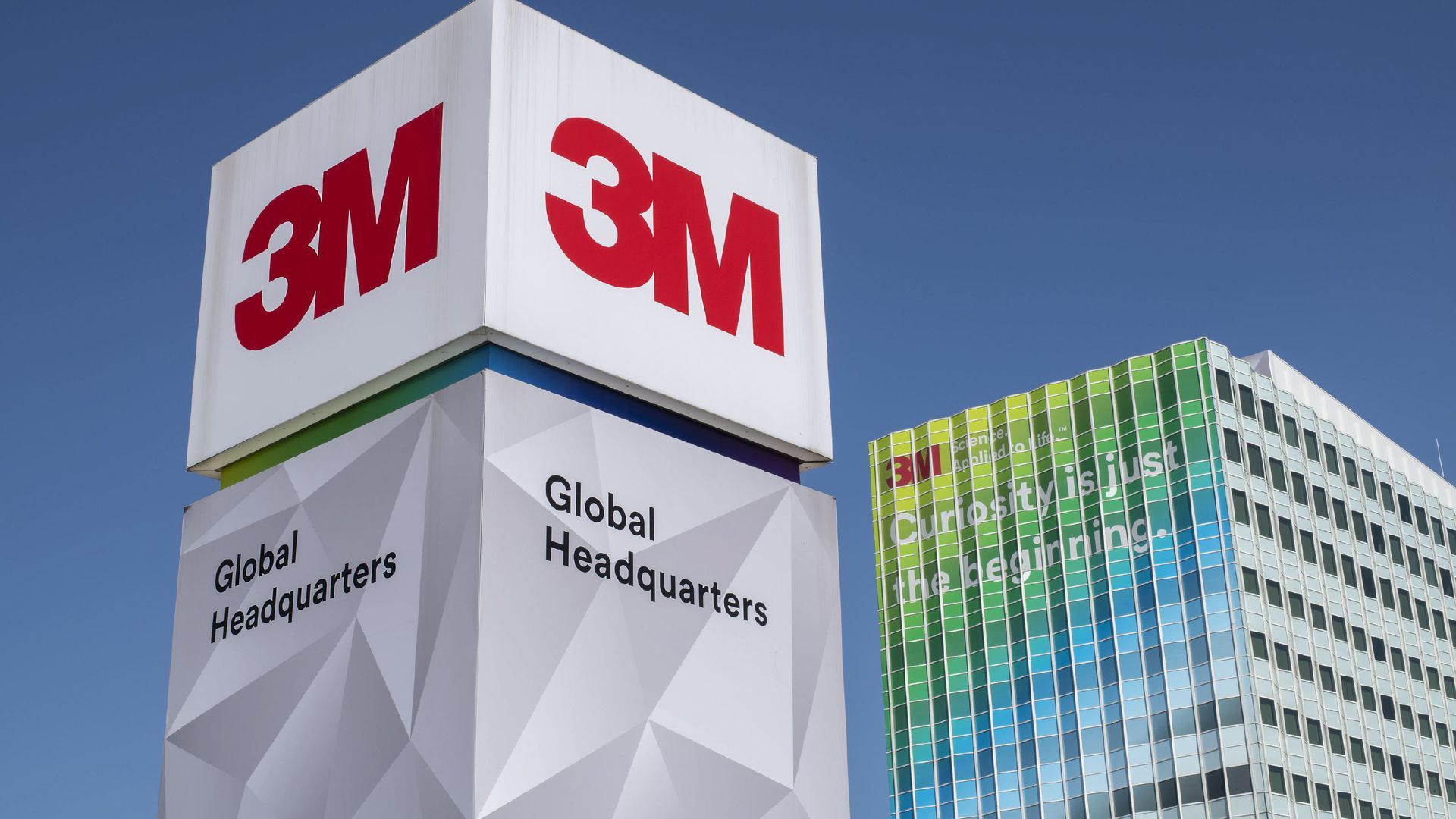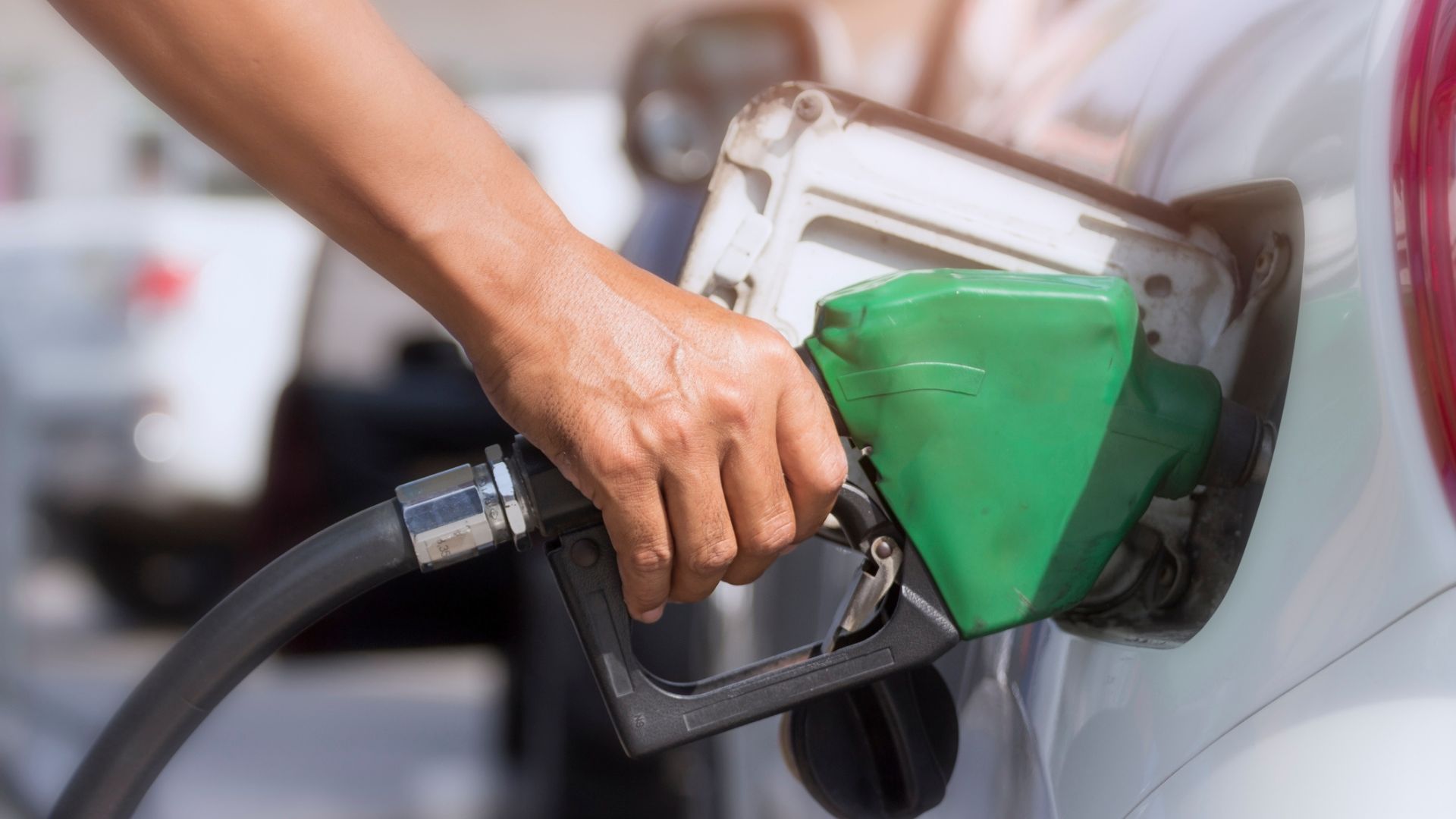| | | | | | | Presented By Upside | | | | Axios What's Next | | By Jennifer A. Kingson, Joann Muller and Alex Fitzpatrick · Dec 21, 2022 | | Looking for something a little more interesting than your standard-issue peppermint candy cane this holiday season? You're in luck, Jennifer reports today. - Editor's note: What's Next will be off until Tuesday, Jan. 3. Enjoy your holidays, everyone, and Happy New Year!
Today's newsletter is 1,116 words ... 4 minutes. | | | | | | 1 big thing: Candy canes get weird |  | | | Illustration: Tiffany Herring/Axios | | | | Ketchup, Funfetti, brisket, cherry, bubble gum, clove, Twinkies, mango chili, Caesar salad: Candy cane flavors are proliferating as the sugary sticks go from nostalgic favorite to hip retro cult item, Jennifer A. Kingson reports. Why it matters: As retailers attempt to amp up iconic holiday symbols and flavors and introduce them earlier in the season — we're looking at you, pumpkin spice — they're building consumer demand for more must-have seasonal products, candy canes included. Driving the news: The terrifying Candy Cane Shortage of 2021 — caused by a dearth of peppermint oil and other supply chain issues — has eased. That's ushering in an explosion of candy cane creativity, much of it having nothing to do with peppermint. - New products this year include Hostess Twinkies Candy Canes, which are yellow and "creme flavored," and Brach's "Holiday Heat" canes, which come in watermelon chili, mango chili and pineapple chili.
- Last year's new flavor was Funfetti, which has embedded sprinkles and competes with flavors like Nerds, Airheads, Starburst and Skittles.
- Novelty company Archie McPhee sells colorful canes in a variety of gross-out flavors, like hot dog, sardine, butter, mac & cheese, kale and bacon.
Between the lines: Scarcity and evanescence are part of the appeal. While candy canes are sold year-round, buzzy seasonal products are introduced in "limited editions." The big picture: "Over the past 20-plus years there's been an increasing amount of innovation in candy canes," said Katie Duffy, vice president & general manager of seasonal products at Ferrara, which makes Brach's, the top candy cane brand. - Still, 72% of Americans prefer classic peppermint candy canes, while 28% would rather try other flavors, per the National Confectioners Association.
- Candy cane sales were up slightly last year, at $108 million compared to $99 million in 2020 and 2019, per IRI data supplied by Ferrara.
What they're saying: "I think everybody's interested in something new," says Andrew Schuman, president of Hammond's Candies, which hand-pulls all its canes. - The Denver-based confectioner recently introduced organic candy canes, tie-dye cotton candy, and "naughty or nice" (you don't know if you're getting strawberry or black licorice until you start licking).
- "There have been a lot of gimmicks that come through," Schuman tells Axios. "Pickle flavored, ketchup flavored — that's not our style."
Backstory: There's a lot of mythology around candy canes — some believe the shape is meant to represent "J" for Jesus, for instance. - Most accounts say that a German choirmaster invented the white candy sticks in the 17th century to keep children quiet in church, and bent them into a "J" to represent a shepherd's crook.
The bottom line: 90% of candy canes are sold between Thanksgiving and Christmas. - But Dec. 26 is National Candy Cane Day — when "open season is declared on all candy canes still hanging from Christmas trees."
Share this story. |     | | | | | | 2. VinFast arrives on U.S. shores |  | | | VinFast cars are offloaded from a cargo ship. Photo courtesy of VinFast | | | | A ship carrying 999 electric SUVs arrived in California this past weekend, establishing an American beachhead for a little-known Vietnamese car company with huge ambitions in the United States, Joann Muller reports. Why it matters: The company, VinFast, has been making cars in Vietnam for only three years — but is already planning a $2 billion North Carolina factory and a Nasdaq listing. Details: These cars represent the first batch of 65,000 global customer orders, the fledgling company said. - Its debut model, starting at $57,000, is the VinFast VF8 — a sharp-looking five-seat SUV with a promised battery range of up to 261 miles and modern features including advanced driver-assistance technology.
Yes, but: The first arrivals were not what American reservation-holders were expecting. - Instead, the cars rolling off the VinFast-branded ship were a previously unannounced VF8 City Edition, with a range of just 180 miles — well below that of comparable electrics sold here.
What to watch: In a press release, VinFast says the range, while sufficient for typical daily commutes, will improve with a software update early next year. A VinFast-branded cargo ship carries the company's EVs to American shores. Photo courtesy of VinFast |     | | | | | | 3. 3M ditching "forever chemicals" |  | | | 3M global headquarters in Maplewood, Minn., in 2020. Photo: Michael Siluk/Education Images/Universal Images Group via Getty Images | | | | 3M says it will stop manufacturing and using "forever chemicals" by the end of 2025, Axios' Jacob Knutson reports. Why it matters: 3M was one of the first U.S. companies to develop and manufacture perfluoroalkyl and polyfluoroalkyl substances — known as PFAS. What they're saying: 3M said the change was due in part to proposed regulations in the U.S. and Europe. Read the rest. |     | | | | | | A message from Upside | | How to fight inflation with your everyday spending | | |  | | | | The Upside app pays you back a little from each purchase to help offset rising costs. On average, users earn $148 annually. You can get cash back at: - Gas stations.
- Convenience stores.
- Grocery stores.
- Restaurants.
Take back control of your budget and download the free Upside app. | | | | | | 4. Inflation is warping our brains |  Data: SCE Labor Market Survey; Chart: Erin Davis/Axios Visuals Few would turn down a six-figure salary — yet it isn't quite the same in a high-inflation era, Axios' Emily Peck writes. Why it matters: Fast-rising prices have turned a lot of adults into versions of their grandparents, bowled over by the high cost of [waves hands] everything. What's happening: College-educated American workers now expect to make at least $92,000 on average, per a recent New York Fed survey. - That's the highest level since the N.Y. Fed started tracking the number in 2014, when it was $70,000.
Zoom out: We form a lot of our views toward money and spending when we're just starting out in adulthood, says Scott Rick, a professor at the University of Michigan's Ross School of Business, who studies financial decision-making. - That sense "persists even when circumstances change."
The bottom line: Our minds are still catching up with inflation. Share this story. |     | | | | | | 5. Avatar's disappointing debut |  | | | Image courtesy of Disney | | | | Disney shares dropped nearly 5% in response to "Avatar: The Way of Water's" disappointing debut, Axios' Tim Baysinger and Sara Fischer report. Why it matters: The sequel to 2009's "Avatar" needs to bring in at least $2 billion globally over its lifetime to reach profitability. - Its performance will determine whether the famous James Cameron movie franchise lives on past its second installation.
Details: "The Way of Water" brought in $134 million in its domestic debut, per Comscore — less than the roughly $150 million Disney initially expected. - Despite little competition at the box office over the weekend, the film wasn't able to lure as many moviegoers as previous hits this year.
Yes, but: Despite lower-than-expected results, the film still opened as the top film in every market it was shown in globally, helping it bring in $301 million internationally for a total of $435 million in its worldwide debut. Read the rest. |     | | | | | | A message from Upside | | This app is helping users treat themselves | | |  | | | | Upside is on a mission to make sure that, even during expensive times, people still have a little extra money for a rainy day fund. The free app gets users cash back on: - Gas.
- Groceries.
- Convenience stores.
- Restaurants.
On average, users earn $148 annually. Download the free Upside app to start earning. | | | | Big thanks to What's Next copy editor Amy Stern. Was this email forwarded to you? Get your daily dose of What's Next by signing up here for our free newsletter. |  | | Are you a fan of this email format? Your essential communications — to staff, clients and other stakeholders — can have the same style. Axios HQ, a powerful platform, will help you do it. | | | | | | Axios thanks our partners for supporting our newsletters.
Sponsorship has no influence on editorial content. Axios, 3100 Clarendon Blvd, Arlington VA 22201 | | | You received this email because you signed up for newsletters from Axios.
To stop receiving this newsletter, unsubscribe or manage your email preferences. | | | Was this email forwarded to you?
Sign up now to get Axios in your inbox. | | | | Follow Axios on social media:    | | | | | |
No comments:
Post a Comment